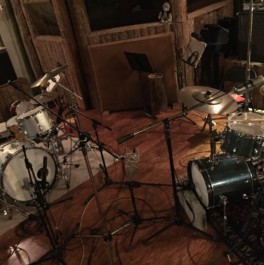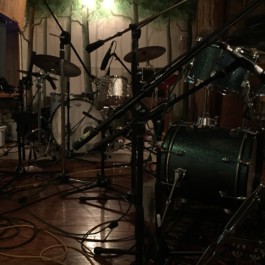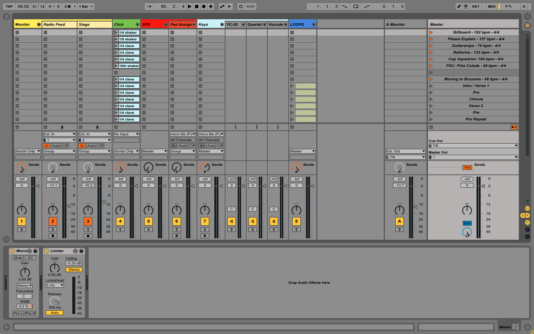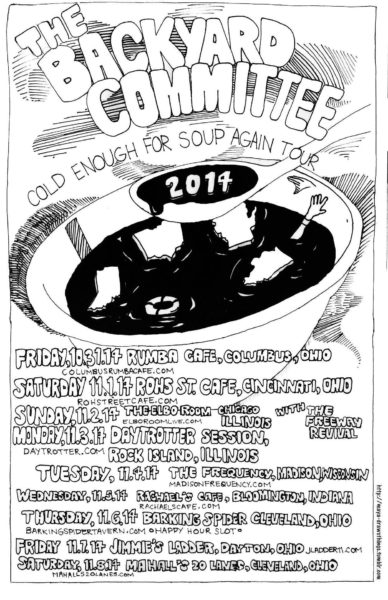I had a such a great time last week at the Friendly Forest (Creative Workshop Studio in Nashville, TN). Made some new friends, hugged some old friends, spent equal time in space exploration and playing respectable music which may actually end up on an album one day.
I also hopped around like a kid at Christmas between these two kits, and if you thought this post was just an excuse to be a drum geek for a sec, then you are RIGHT.
On the left is my 1970s 3-ply maple Ludwig; on the right is Teddy Morgan’s new sweet “Questlove” kit. The Questlove is so, so tiny but sounds surprisingly punchy under a set of mics. The rebound off of these little drums is way different than what I’m used to and it made it a joy to play. There are lots of vintage Zildjians and new Istanbuls and goat hooves and metal bits and spurs and blades and chains and shakers sprinkled about, too.



